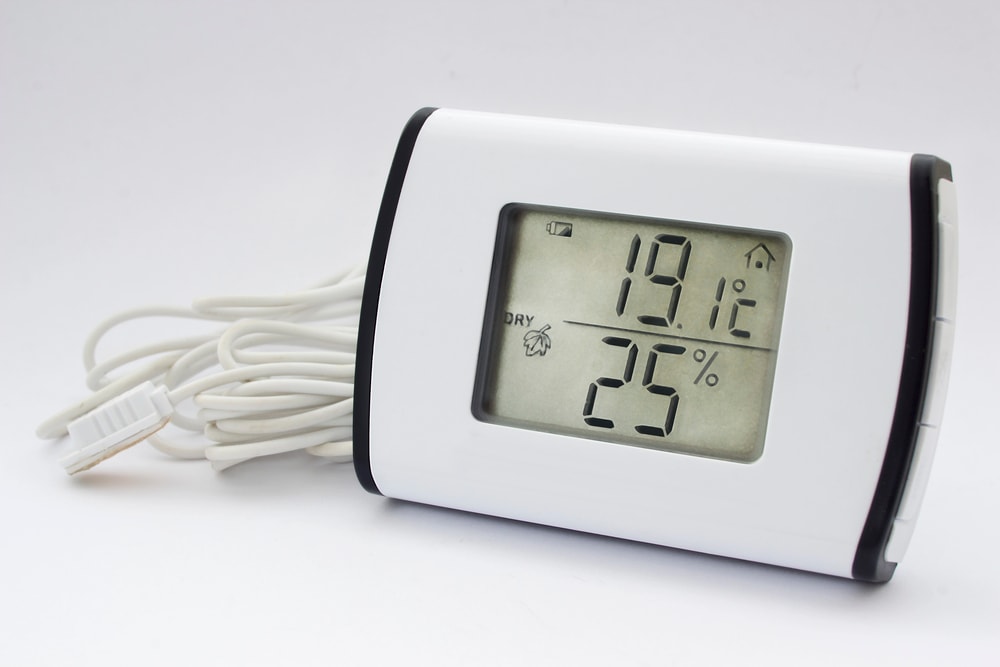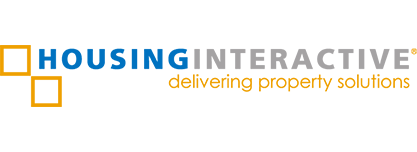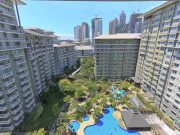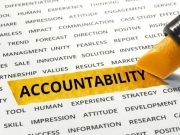Mold spores are always present. They’re floating around outside and inside, waiting for the perfect party invitation. These spores are found in both outdoor and indoor air, and maintaining good indoor air quality is essential during the rainy season. That invitation? It’s excess moisture. When humidity spikes, mold doesn’t just grow; it launches a full-scale, rapid attack, kicking off air quality issues that are impossible to ignore. Musty odors are often the first sign of mold affecting indoor air.

Breathing Easy
Look, let’s be real: when the rainy season hits in the Philippines, it’s not just about getting soaked on the way to the mall. It’s the humidity, that thick, soupy air that never leaves your skin feeling dry. That sticky feeling is actually a giant, flashing warning sign that your living space is vulnerable to mold and mildew, emphasizing the importance of controlling moisture indoors.
This isn’t about cosmetic maintenance. Preventing mold growth is absolutely crucial to maintaining a healthy indoor environment, preserving your property investment, or simply enjoying your cozy rental. We’re going to give you a practical, two-sided battle plan: quick fixes for tenants, and long-term protection strategies for property owners.
A healthy unit means happy occupants. Period. We’ll show you how to maintain a home that breathes, even when the weather really doesn’t want it to.
The Threat: Humidity, Mold, and Filipino Real Estate
A. Mold 101 & The Humid Incubator
Mold is simple, really. It just needs three things to thrive: moisture, warmth, and organic materials (such as dust, wood, or even paint). Think about a humid climate; it’s warm in summer, and during the rainy season, it’s a constant, deep soak. Honestly, we couldn’t design a more perfect incubator for mold if we tried.
- The rainy season increases indoor humidity levels significantly. This, combined with high temperatures, creates an ideal environment for mold growth.
- High humidity and excess moisture cause mold spores to multiply rapidly, especially on surfaces that stay damp for more than 24 hours. Mold spreads through tiny spores that are often invisible to the naked eye.
If these conditions persist, rapid indoor mold growth can occur.
B. The Key Metric: Relative Humidity (RH) Levels
This is the single most important concept to grasp. You need to control the humidity, because that’s the fuel for the fire.

RH levels above 55% can lead to mold growth. That means your goal is to keep the air between 30% and 50% relative humidity. If you see it creeping above 60% of excess humidity? You’re in the danger zone, and mold is already moving in.
- Simple tools: Stop guessing. Digital hygrometers are your rainy-season best friends for regular monitoring. Stick one in the bedroom, one in the kitchen, and one in the main living area. It’s crucial to monitor humidity levels consistently to prevent mold and maintain healthy indoor air quality.
Controlling this indoor humidity is essential because if you don’t track it, you can’t fight it.
C. The Invisible Enemy: Health & Property Risks
People often wave away mold as just an allergy, but it’s much more serious, especially in the enclosed, air-conditioned environments we live in here. Mold produces allergens and irritants that cause real problems. Mold exposure can lead to a range of mold and health effects, including both allergic and irritant symptoms.
| Risk Area | Common Health Concerns | Property Damage Impact |
|---|---|---|
| Health | Allergic reactions, asthma flare-ups, persistent cough, skin rash, runny nose, and chronic fatigue. | Musty, lingering smells make units hard to lease. |
| Severity | Inhaling spores can lead to respiratory problems. Prolonged exposure can cause long-term health effects, particularly for those with weakened immune systems. | Staining and discoloration of walls and ceilings. Ruined clothing, books, and expensive furniture. Structural damage to drywall and wood framing. |
Inhaling mold spores can cause both allergic and irritant types of reactions, and these health effects are especially concerning for sensitive individuals. Preventing mold growth is, therefore, crucial to maintaining a healthy indoor environment.
D. Hidden Mold and When to Suspect It
The visible mold you see is bad. The mold you don’t see, often hidden behind surfaces, can be even more dangerous.
Hidden mold is insidious. It can grow in places with excess moisture but poor airflow, like:
- Behind ceiling tiles or dropped ceilings.
- Inside walls (especially near bathrooms or leaky windows).
- In crawl spaces or under leaky kitchen sinks.
Visible mold growth is a clear indicator that remediation is needed, and sampling is usually only necessary when visible mold is not present.
If you notice a musty smell that won’t go away even after cleaning, you probably have hidden mold. Hidden mold can cause serious health problems and damage to your property if not dealt with quickly. To find hidden mold, you may need a professional to check using tests like surface sampling and air quality checks, but if you notice any visible mold, make sure to clean up the mold immediately. It’s important to act fast to prevent the mold from spreading and causing more harm.
The Tenant’s Toolkit: Quick & Low-Cost Prevention
If you’re renting a place, you might not be able to fix big problems like broken walls, but you have a lot of control over the air inside your home. Tenants play an important role in stopping mold by keeping moisture under control. Here are some easy and low-cost steps you can take. Think of yourself as a moisture fighter!
Remember, humidity control and preventing mold growth are essential responsibilities for tenants.
A. Master the Flow
Proper ventilation is the single most effective, free strategy you have.
- Exhaust Fan Discipline: Use exhaust fans in the kitchen and bathroom during and for at least 30 minutes after you’re done. Don’t be lazy about this. You’re pulling moist air out of the building.
- Strategic Window Opening: Open windows during the driest part of the day (usually mid-morning to early afternoon, not right after a heavy rain) to promote cross-breeze. But close them promptly if the skies open up!
- The Power of the Simple Fan: Use inexpensive electric fans to continuously circulate air, especially in corners, closets, and behind large furniture. This prevents stagnation, which is mold’s favorite thing.
Well-maintained ventilation systems are also crucial for removing moisture, airborne particles, and outdoor pollutants, helping to prevent mold growth and maintain fresh indoor air.
B. Moisture Removal: The Water Warriors
You need to actively remove moisture from the air and from enclosed spaces. Failing to address moisture problems can quickly lead to mold growth.

- Dehumidifiers: This is an investment, but it’s the best way to keep that crucial RH below 50%.
Tip: Run a small unit in the bedroom for a few hours before sleep, or a larger one in your main living area. They work by pulling water out of the air, and you’ll be shocked at how much water they collect!
- Moisture Absorbers: For small, enclosed spaces like closets, pantries, and shoe cabinets, use calcium chloride crystals. This provides crucial, targeted dryness where air doesn’t circulate well.
Note: Remember that using air conditioners can also help reduce indoor humidity, as they dehumidify as they cool. Just make sure the AC itself is clean (which brings us to the owner’s responsibility).
C. Routine Check-ups & Damp Surface Management
- Wipe Down Hard Surfaces: Wipe down hard surfaces like tiles, pipes, and windows where condensation collects daily. You might think, “That’s a bit much,” but that water droplet is literally mold food.
- Laundry Rule: Don’t leave wet laundry inside to dry unless you’re running a dehumidifier. You’re just dumping gallons of water vapor into the air.
If you notice any mold on surfaces, make sure to clean up the mold immediately to prevent health risks and further property damage.
D. When to Notify the Owner
Don’t wait until the problem is huge. Set clear boundaries for when a moisture problem goes from routine to structural; roof leaks are a common cause of hidden mold growth. If you see visible water stains, persistent leaks, or a mold patch larger than your palm, you likely have a serious mold problem that requires immediate attention from the owner.
The Owner’s Defensive Strategy: Proactive Maintenance & Risk Mitigation
As a property owner or landlord, your focus has to be on structural integrity and proactive scheduling. Preventing mold control is about protecting your cash flow and your asset value. Waiting for a tenant to complain is financial negligence, honestly.
During mold remediation and property repairs, it is essential to follow occupational safety guidelines to protect both workers and occupants from health and environmental hazards.

A. The Pre-Rain AC and Deep Clean Schedule
The single most critical preparation happens before the heaviest rains arrive. This is air quality maintenance and preventive measures, not just comfort maintenance.
- Deep Cleaning Mandate: Schedule a comprehensive chemical wash/deep clean for the entire unit 1–2 months before the rainy season hits. You want those air ducts and coils clean before the humidity kicks in.
- AC Servicing: Emphasize that AC maintenance is a prime mold prevention step. Clogged, damp coils inside the AC unit are a prime mold breeding ground. When the AC runs, it blows those spores directly into your air.
Additionally, limit the number of indoor plants in damp areas during the rainy season, as some can increase humidity and contribute to higher indoor moisture levels.
B. Structural Integrity & Leak Prevention
This is the non-negotiable annual checklist for protecting your investment:
- Fixing plumbing leaks and repairing roof gutters regularly can help prevent excess moisture and the resulting mold growth. Unchecked leaks can lead to rapid mold growth and property damage.
- Inspect roofing, balcony seals, and window caulking for any cracks or signs of wear annually. These tiny gaps are massive liabilities in a tropical storm.
- Ensure proper drainage around the property. Water should always flow away from the foundation and the structure.
C. Choosing Mold-Resistant Materials
If you’re renovating or building, a brief note on materials can save you headaches later:
- Use washable, mildew-resistant paints.
- Avoid carpet, especially in high-humidity ground-floor areas. Tile and sealed concrete are much safer choices.
Using mold-resistant materials helps reduce the accumulation of mold spores indoors.
D. Professional Mold Remediation & Testing
When the problem is structural, you need a professional.
- Hire a professional mold remediation service if the mold covers more than 10 sq. ft. or if it returns immediately after a surface clean.
- Professional assessment is key to detecting and preventing recurring hidden mold growth in the wall cavities. Don’t just wipe it; you have to find the source of the water and cut it off.
E. A Note on Insurance Coverage
This is a tricky area, and it’s important to take a stance here: read your policy!
Insurance coverage for mold damage varies wildly depending on the policy and, critically, the cause of the mold growth. Most policies cover mold that results from a sudden, accidental event (like a burst pipe). They often do not cover mold that results from gradual, long-term humidity, poor maintenance, or neglect. Understanding your policy is essential, but preventing mold growth in the first place is the most crucial step to avoiding costly remediation and confusing claims.
Partnership for a Better Home
Look, managing mold isn’t a “set it and forget it” thing; it’s a constant effort, a partnership between the owner and the tenant. Proactive control of humidity levels is the ultimate key.
At HousingInteractive, we understand that tension. We guide both parties on the necessary maintenance, like ensuring those crucial pre-rain AC services are scheduled and giving tenants clear, actionable guidance on ventilation.
Investing in good air quality isn’t some extra expense; it’s a necessity. It’s what protects your asset, keeps your vacancy rates low, and ensures your occupants are healthy and happy. Let’s make sure your property breathes easy this rainy season.
Ready to secure your property before the deluge arrives? Contact us to discuss your property management or rental needs this rainy season!

























